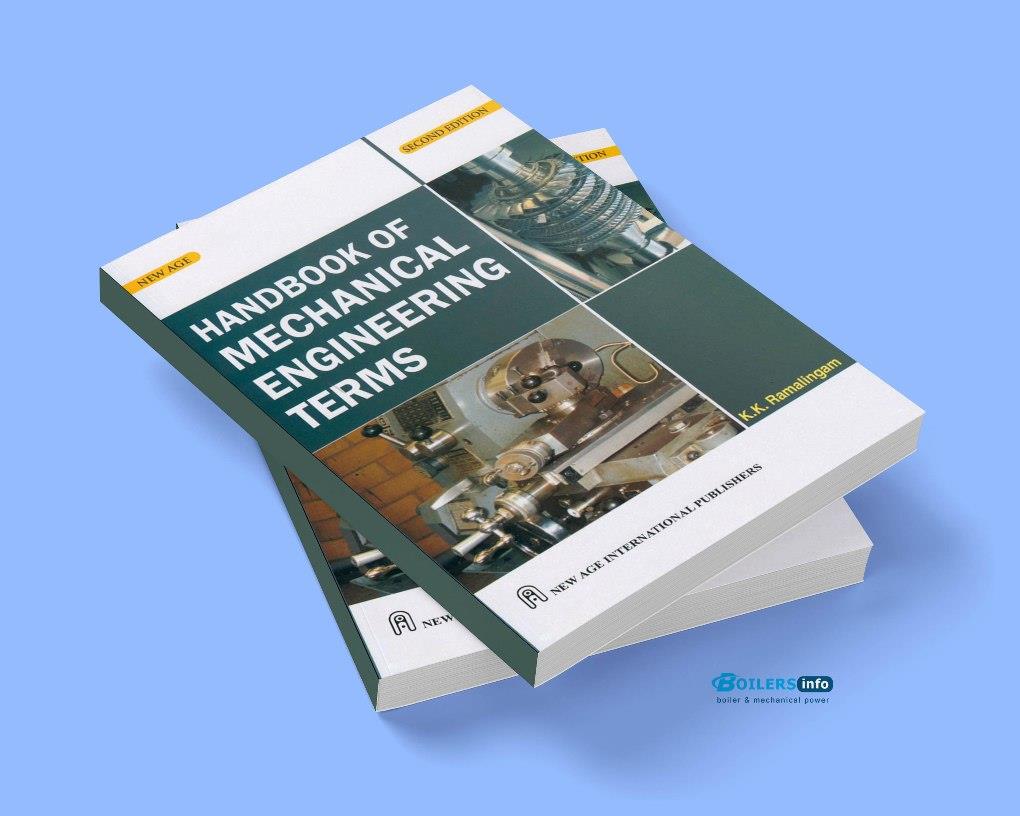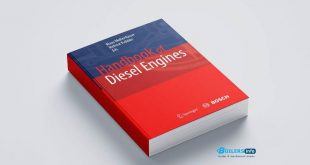🔧 Mechanical Engineering Terms Explained: A Comprehensive Guide
Mechanical engineering is one of the broadest and oldest branches of engineering. It involves the design, analysis, manufacturing, and maintenance of mechanical systems. To excel in this field, understanding the fundamental terms is essential. This article provides a detailed explanation of key mechanical engineering terms that every student, technician, and engineer should know.

📘 1. Thermodynamics
Definition: Thermodynamics is the science of energy, heat, and work. It governs how thermal energy is converted to mechanical energy and vice versa.
- Laws of Thermodynamics:
- First Law: Energy can neither be created nor destroyed.
- Second Law: Entropy of an isolated system always increases.
- Third Law: As temperature approaches absolute zero, entropy approaches a constant minimum.
Applications: Power plants, refrigeration, engines.
⚙️ 2. Fluid Mechanics
Definition: Fluid mechanics is the study of fluids (liquids and gases) and the forces on them.
- Types of Fluid Flow:
- Laminar Flow
- Turbulent Flow
- Compressible and Incompressible Flow
Applications: Aerodynamics, pipe flow systems, and turbines.
🧱 3. Strength of Materials (SOM)
Definition: Also known as mechanics of materials, this branch deals with how solid objects withstand stress and strain.
- Key Terms:
- Stress: Force per unit area.
- Strain: Deformation per unit length.
- Young’s Modulus: Measures stiffness.
Applications: Structural design, mechanical component analysis.
🛠️ 4. Kinematics and Dynamics
Definition:
- Kinematics: Study of motion without considering forces.
- Dynamics: Study of motion considering forces.
- Key Concepts:
- Velocity, Acceleration
- Newton’s Laws of Motion
- Angular Motion
Applications: Robotics, machine design, automotive engineering.
🔩 5. Machine Design
Definition: Machine design is the process of designing mechanical elements to perform specific functions under constraints.
- Key Components:
- Shafts
- Bearings
- Gears
- Couplings
- Springs and Fasteners
Applications: Industrial machinery, consumer products.
🧊 6. Heat Transfer
Definition: Heat transfer is the study of the movement of thermal energy from one medium to another.
- Modes:
- Conduction: Through solids.
- Convection: Through fluids.
- Radiation: Through electromagnetic waves.
Applications: HVAC, engine cooling, heat exchangers.
🔧 7. Manufacturing Processes
Definition: These are methods used to convert raw materials into final products.
- Processes:
- Casting: Molten metal into molds.
- Machining: Removing material (e.g., turning, milling).
- Welding: Joining materials.
- Additive Manufacturing: 3D printing.
Applications: Production, automotive, aerospace.
⚡ 8. Mechatronics
Definition: An interdisciplinary field combining mechanical engineering, electronics, computer science, and control engineering.
- Components:
- Sensors
- Actuators
- Microcontrollers
- PLCs (Programmable Logic Controllers)
Applications: Automation, robotics, smart machines.
📏 9. Metrology
Definition: Metrology is the science of measurement.
- Tools:
- Vernier Caliper
- Micrometer
- Coordinate Measuring Machine (CMM)
Applications: Quality control, precision engineering.
🔍 10. CAD/CAM/CAE
Definitions:
- CAD (Computer-Aided Design): Used for 2D/3D modeling.
- CAM (Computer-Aided Manufacturing): Software to control machinery.
- CAE (Computer-Aided Engineering): Simulation tools like FEA and CFD.
Applications: Product development, design validation, manufacturing planning.
🛢️ 11. Power Engineering
Definition: A subfield focused on power generation, distribution, and mechanical energy transformation.
- Components:
- Boilers
- Turbines
- Generators
Applications: Power plants, renewable energy systems.
🔩 12. Tribology
Definition: Study of friction, lubrication, and wear between surfaces in relative motion.
Applications: Bearings, gears, engine components.
🧮 13. Vibrations
Definition: Oscillations of mechanical systems about an equilibrium point.
- Types:
- Free vibration
- Forced vibration
- Damped/Undamped
Applications: Engine mounts, suspension systems, rotating equipment.
🎯 Conclusion & 📚⬇️
Understanding mechanical engineering terms is foundational for anyone in the field—from students to experienced professionals. These terms form the vocabulary of design, innovation, and problem-solving in industries such as automotive, aerospace, energy, and manufacturing.
 Boilersinfo Boiler and Mechanical Power Digital Library
Boilersinfo Boiler and Mechanical Power Digital Library





